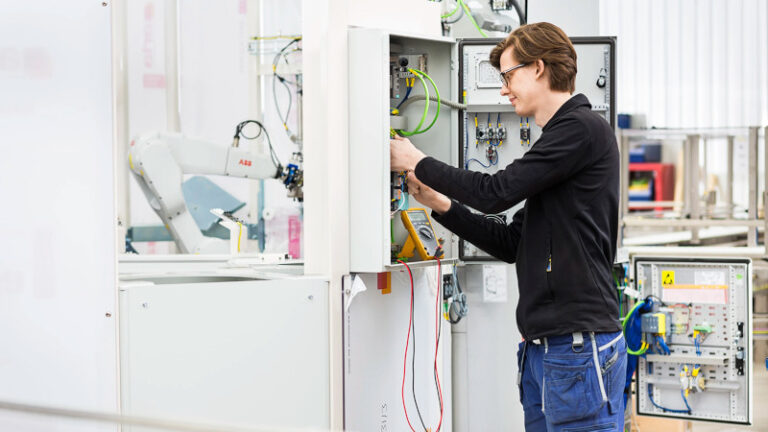
All industrial automation specialists are currently dealing with some degree of component shortages brought on by the semiconductor crisis. Extended delivery times and the fact that the manufacturer does not have any control over when the equipment will be available are some of the main issues.
The electrical departments have been in a rage for a number of months, especially at the start of the crisis when the conditions of the suppliers grew dramatically and there was no choice but to “search for life” in order to be able to get rid of the manufacturing machinery. It has happened that a machine was almost entirely finished, but a header or an I/O module was missing, making it impossible to deliver the machine to the customer.
What is going to occur in 2023? Everything seems to point toward a gradual improvement of the situation. The first indication that the supply chain is improving is that certain brands are putting in extra hours or even working on the weekends to meet the high demand and delays.
But the truth is that nothing appears to be changing at this time. Since infoPLC started a poll to gauge the state of the market, more than a year has passed, and the truth is that delivery times are still exceedingly lengthy, with some components taking more than a year to arrive.
These are some of the consequences it is causing:
Opportunity for new emerging brands
Automation firms and machinery producers frequently grow accustomed to working with their regular suppliers and push other suppliers to the side. It is quite challenging for a corporation to switch from one brand of automation components to another after they have begun using that brand.
Due to the fact that they had stock and were welcomed with open doors rather than the closed ones they had repeatedly tried to open, developing and less well-known brands have benefited greatly from these crises.
A market share that would have normally taken many more years and efforts to attain has been captured by some brands (mostly oriental brands) in just one year.
Two providers better than one
Following this crisis, makers of machinery have realized how important it is to have a backup supply, even if it means investing in engineering work to be able to have machines ready under two distinct names.
It is always preferable to prevent future occurrences and draw lessons from the past since, given the state we are in at the moment, this episode we are going through could be repeated. Working with many brands is now encouraged by the engineering and programming divisions.
Companies that have switched automation brands
Many businesses were forced to start collaborating with other brands that did have inventory of PLCs, Servos, Screens, etc. because they had to continue producing machines.
It’s difficult to switch to a new brand at first, but as you remove the machines, you get the hang of it, start to see the positive aspects, and feel more at ease. How many of these businesses that have switched to different PLCs, displays, or servos will go back to using their previous brand? This is a mystery but it is clear that if the new brand offers price, product and service, perhaps it will remain with it and the old brand will be partially or totally left out.
End customers who are no longer so brand-minded
Our industry has long had a strong prescription presence. Each end user has a favorite line of products and model, and they insist that the parts they choose be used in the creation of the equipment they purchase.
Customers had two choices during this crisis: accept a different brand and receive the machine right away, or wait a year for the PLC of the brand they had requested to arrive. The necessity for equipment has forced end users to adopt new brands that did not meet their requirements.
This can indicate that the final consumer has realized that in order to prevent such issues, they too must expand their brand selection.
Frankenstein machines
If you purchased a piece of equipment this year, there’s a chance it’s a miniature Frankenstein created from many brands. This machine may not be as “refined” as it would be if the manufacturer had used its standard components, but let’s trust the technicians who had to perform “magic” in order to advance the machines. It’s possible that some of the machine’s components were assembled for the first time by the manufacturer.
The market will not be the same
It is certain that the current financial crisis will alter the automation business as we previously knew it. New companies have emerged, fast grabbing market share and becoming more prevalent than ever. Since they no longer need to rely on a single source, machinery manufacturers and end users also have a different perspective and are therefore more open to exploring new options.
